ABOUT THE TEAM AND POWERMEN
- I started out in 2008 with an empty classroom in the basement of Academic Building 10. We had one detector, one power source, and that was it. It took some effort to turn it into a laboratory, then a center, and now the Division for Advanced Research (smiling).
The team, as it is now, appeared in 2018. Back then, engineers were called together under the Federal Action Program to design and manufacture a prototype of a low-contrast sensitive CT-scanner. Today, our work is based on the developments and applications made that time.
It is hardly possible to say how many of us are currently on board; it all depends on a particular project. There is a permanent core consisting of about seven people and external employees from other departments of the university. Each large-scale project has a powerman responsible for its execution. This system helps to balance the workload among employees and creates a sort of career development within the team.
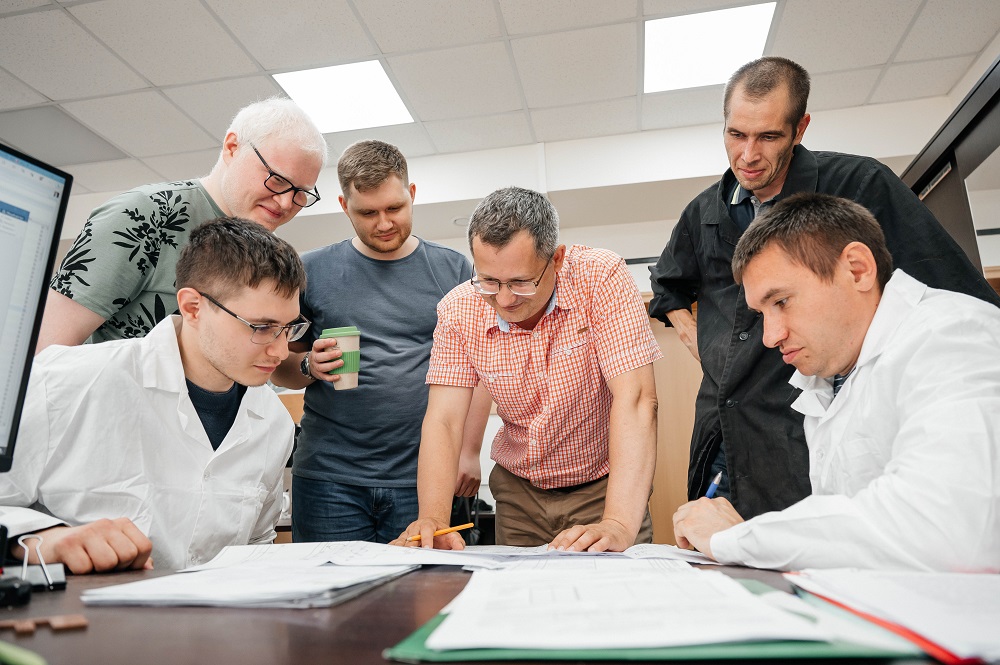
ABOUT DIGI-PROJECTS
— We create tomography scanners, multiphase flowmeters, ionizing radiation detectors, beam monitors, and recording systems. Last year, we joined the SKIF project: we are creating the Microfocus station and taking part in the creation of five more stations of the first project stage. In addition, we are currently in negotiations for the development of spectral nanotomographs, working on nuclear visualization, and other advantageous ideas.
In a nutshell, we create technologies that fall under the umbrella prefix "digi-". These are the devices giving access to differential characteristics, which help to hasten the understanding of objects and processes under study.
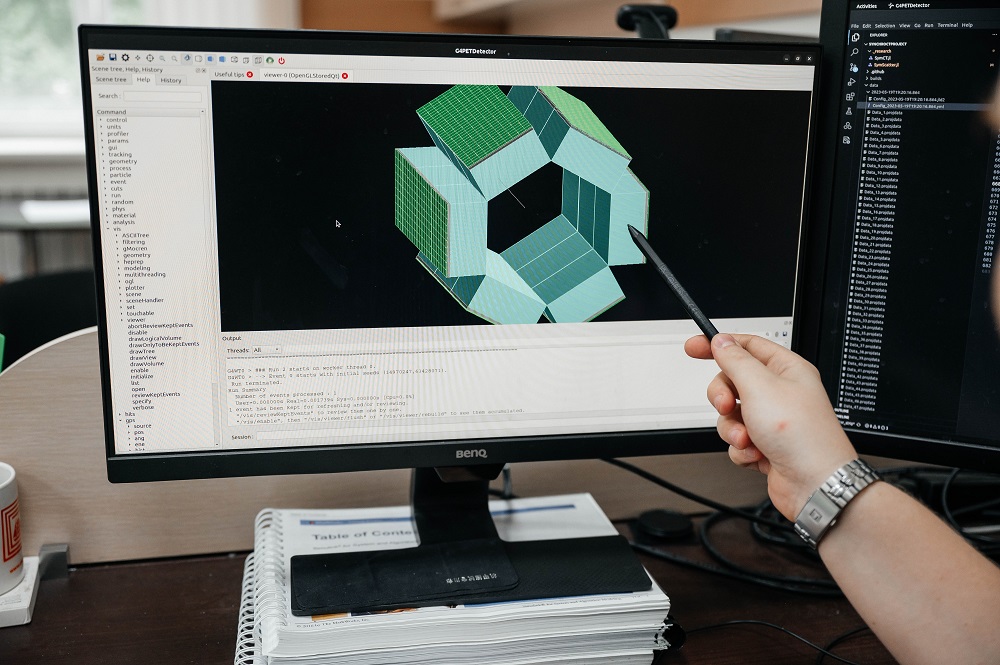
ABOUT DOING NONSCIENCE
— I believe what we do is "nonscience", but rather implementation. Real business needs tangible results, not publications and research that may potentially work sometime in the future. They need solutions to the challenges they are facing right now. We play by the rules.
Of course, there is a good deal of science in our work, but it is mostly applied. The fundamental research we conduct is supported by the team's commercial activities.
ABOUT THE VALUE OF CHALLENGES
A case in point would be the standard core tests. They are quite routine. The question is: why waste a lot of time and consumables when we can create a digital twin, conduct digital tests, set particular scenarios and study only the effective ones in the laboratory? And this is relevant to other processes as well.My teacher kept saying, "We have run out of trivial tasks, only challenges ahead". Their solution is not as easy as pie; challenges require methods that combine quite a large number of diverse data. By analyzing them, you can offer valuable information to the customer and reduce costs.
ABOUT KNOW-HOW CHAINToday, testing new technologies by modeling reduces the time to serial production manifold. The key principle is measure twice and cut once. Simulation and data analysis is one of the key areas underlying added value. So, we are endeavoring to extract that value.
— In our work, we employ standard methods invented before. First, we define a problem, a particular case that we want to solve. Where do we get it? Plain and simple: businesses have a spate of challenges to be solved. For example, nuclear medicine desperately needs visualization, but the devices are all imported.
When there is a problem to be solved, we brainstorm and generate some hypotheses. Then we make calculations, including economic ones: if the project is highly profitable, we undertake the challenge. Then, stage by stage, we test the hypothesis by simulation, perform laboratory tests, and find a viable solution.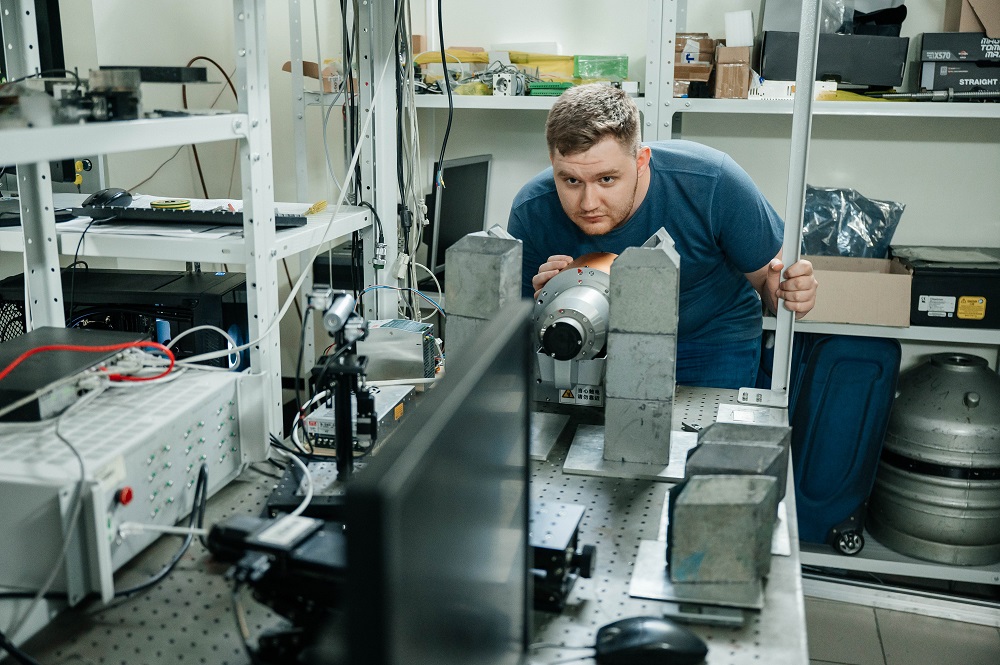 ABOUT COMMERCIALIZATION OF SCIENCE
ABOUT COMMERCIALIZATION OF SCIENCE
— The commercialization of science is a complex but interesting topic. There are projects that no one believes in, but they make it. This was the case with our project to improve the tomography scanner optical system. Due to calculations, we managed to improve the efficiency from 25% to 100%. This know-how cost only a few thousand rubles. However, the margin was 40,000%, while average one is 200%.
Our team sets to the projects that businesses are ready to pay for. If not, we invest on our own, on condition that the future revenue will be 10 times higher than the costs. Otherwise, it does not make any sense at all.ABOUT RESEARCH TEAM BRAND
— In fundamental science, unfortunately, there is only one customer – the state. This is probably right and the way things should be. In applied science, there are many more customers, and you can even choose who to work with and who not to. We tend to work on different projects, steadily pushing our boundaries. This also contributes to the team personal brand and strengthens the university image. One of such image-making projects for us is SKIF. It is an opportunity for us to show our performance level and attract high-tech businesses to cooperate with us.
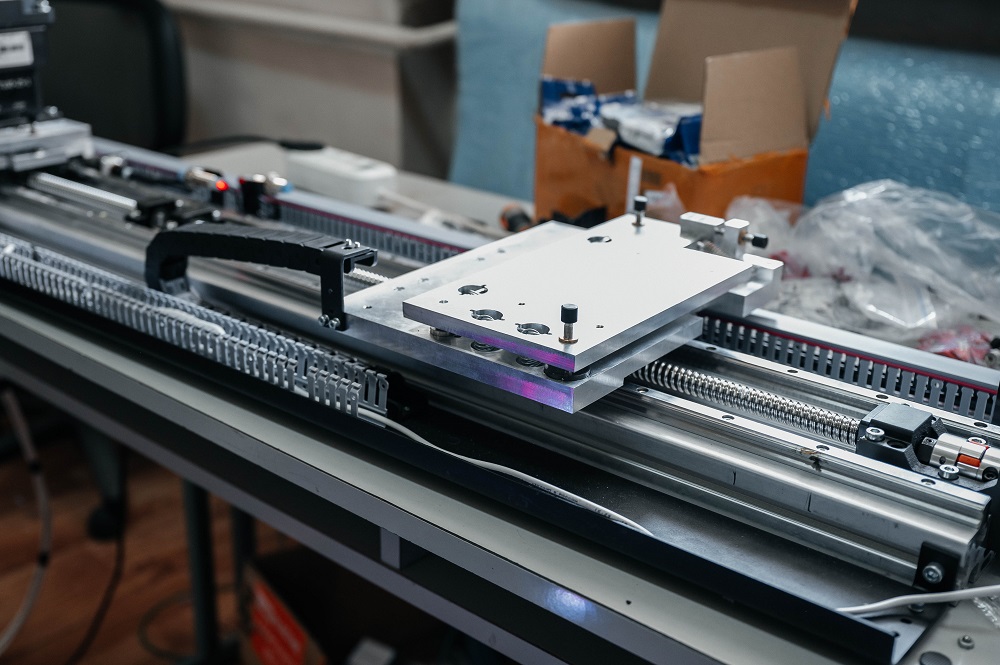
ABOUT REPLICA TECHNOLOGIES
— Withdrawal of western companies from the Russian market opened a window of opportunity for domestic technology manufacturers, and they should certainly take advantage of it. However, we should not cherish an illusion that this will always be the case: China is rapidly taking over our market, and it is hard to compete with it in terms of technology.
ABOUT ACADEMIC DEGREESIt seems to me we should not copy what has gone away now. This model is unlikely to be competitive even with China. It is better to bring to the market something that would have superior characteristics to the global standards. This would give us a larger market share compared to the production of replicas. Our team sticks to this approach.
— Sometimes, to launch a project, we need to prove to a business that the proposed solution will significantly improve its operations and reduce costs. This is where an academic degree can help an engineer. It brings the customer's loyalty up a notch. This is how it works with business: either you show them your experience and real results, or you have an academic degree and scholarly credibility, which prove your expertise.
In general, I think that everyone who is involved in science needs a degree. Although many young researchers do not find it valuable. Their motivation is to do something applicable.
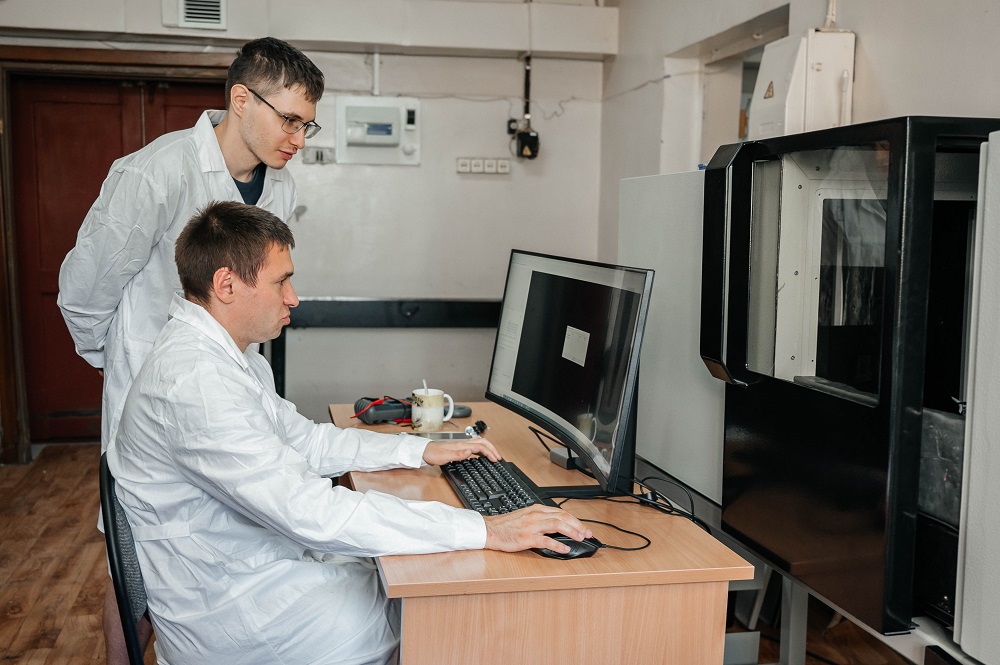
More articles about faculty and scientists of Tomsk Polytechnic University:
Elena Stepanova: why a chemist is akin to a writer and how to set up a molecular design laboratory
